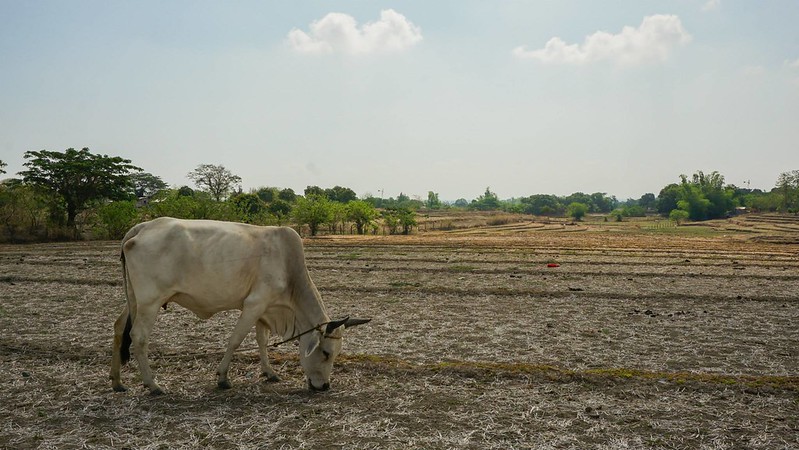A majority of the world's poor live in rural areas and work in agriculture, according to the World Bank. Furthermore, hundreds of millions of people, including some of those same farmers, do not have enough nutritious food to eat. So it is clear why raising agricultural income and productivity in low- and middle-income countries is a priority for governments and development organizations.
In this case, one straightforward approach seems to be effective. Subsidizing agricultural inputs – seeds or fertilizer – has been shown to increase both agricultural productivity and farmer income. That said, proper implementation and timing are extremely important for such programs, because farmers need to have the subsidized inputs in time to meet nature's schedules.
These findings come from a 3ie systematic review which draws together evidence from 15 separate studies assessing how agricultural input studies affect yields, farm incomes, and the adoption of new agricultural technologies. Since they synthesize findings from multiple studies, systematic reviews provide stronger evidence than individual case studies, where one-off issues can drive results.
All but one of the studies included in this review were conducted in Sub-Saharan Africa, including seven in Malawi alone. The remaining study was from India. Ten of the interventions subsidized both seeds and fertilizer, three only subsidized seeds, and two only subsidized fertilizer. Many programs targeted rice or maize production. The amounts of the subsidies ranged from 22 to 100 percent. Subsidies were often provided through vouchers.
The review found positive effects on farmers' incomes, productivity per hectare of land, and rates of adoption of new seeds or fertilizer. There did not appear to be a significant relationship between the size of the subsidy and the outcomes, but that absence of a finding could be a result of contextual differences between the countries where studies took place.
Although the findings were generally positive, the review identified implementation issues which prevented subsidy programs from reaching as many farmers as they could have. In some cases, late voucher distribution and shortages of subsidized inputs reduced programs' effects. In other cases, prices remained so high even after subsidies that farmers did not use their vouchers. And several studies found that some farmers were reselling vouchers or fertilizer.
The review also does not have data on the cost efficiency of the programs, which is a common problem among impact evaluations, as we've written about here and here.
At this point, some readers may be asking: Wait, how might such subsidies affect the larger economy, considering fiscal policy issues or price distortions? The review does its best to provide an answer: the subsidies probably have small positive effects on consumer welfare and economic growth. But because these estimates are drawn from a fundamentally different type of analysis, they are much more tentative. [In other words: If this wasn't your question, don't worry about the stuff below – it gets technical and is far more uncertain than the findings we reported above.]
To consider macro effects, the review also includes 16 modeling studies, which are separate from the impact evaluations discussed above. These studies are country-level simulations of how the whole economy may be affected by changes in subsidy policies, based on macro-level economic data and other indicators.
I'll quote the review's authors to explain the issues with this process:
"The functional relationships specified between sectors, agents, goods and prices in models are in most cases approximations. How these relationships are specified can influence the output of models to a very great degree. For instance, a number of modeling studies simulate broadly similar changes in fertilizer subsidies in Malawi over a similar time-period with, in some cases, quite different results."
Nonetheless, as noted, above, these modeling studies generally show positive effects on consumer welfare and economic growth. Most of the models show that subsidizing inputs leads to a reduced price of the crop once it is grown, alongside an increase in consumption of that crop, as well as an increase in demand for agricultural labor. All of the studies which modeled incomes predict that subsidies increase real incomes.
Some of these models also suggest that the source of funding matters for outcomes, finding that subsidies financed through taxation yield positive effects, but subsidies financed through reductions in rural infrastructure spending may yield negative effects.
For more details, the full review is available here. Hundreds more systematic reviews and thousands more impact evaluations on a range of development topics are available on our Development Evidence Portal.
 This blog is part of our campaign 2020 Hindsight: What works in Development. Learn more about the campaign and read past blogs here.
This blog is part of our campaign 2020 Hindsight: What works in Development. Learn more about the campaign and read past blogs here.











